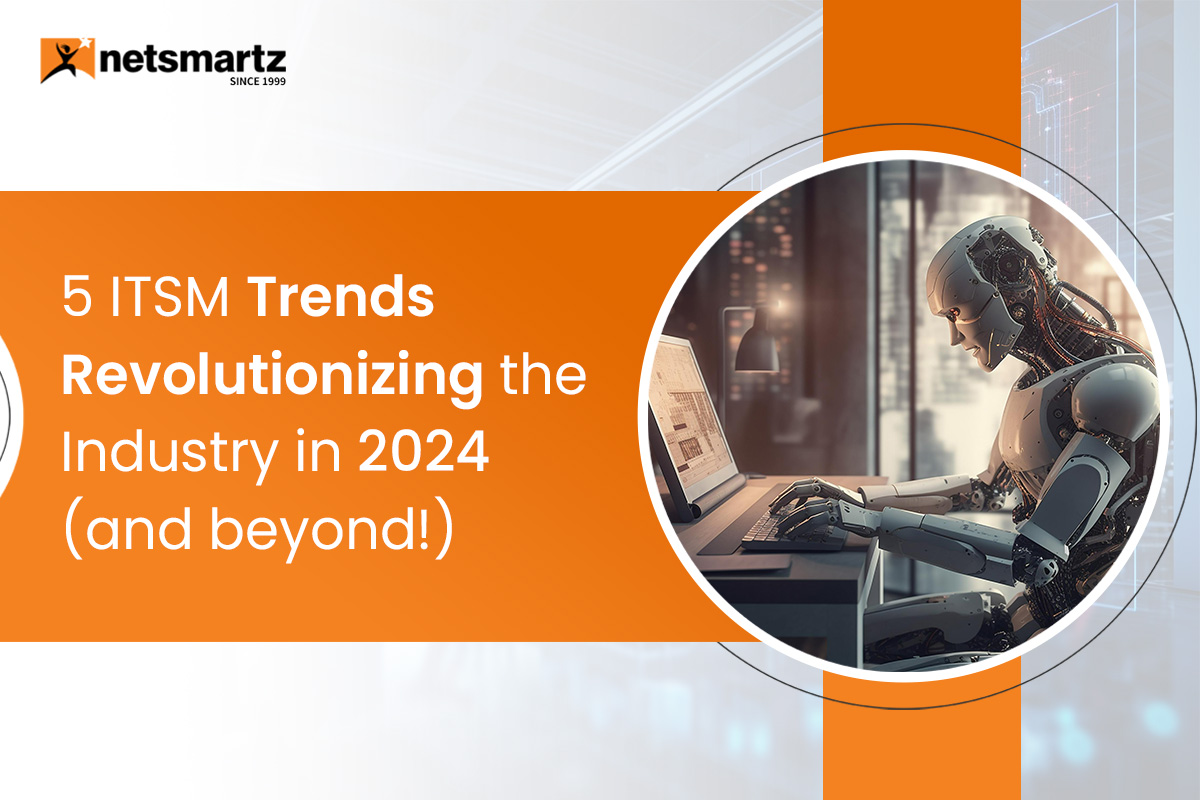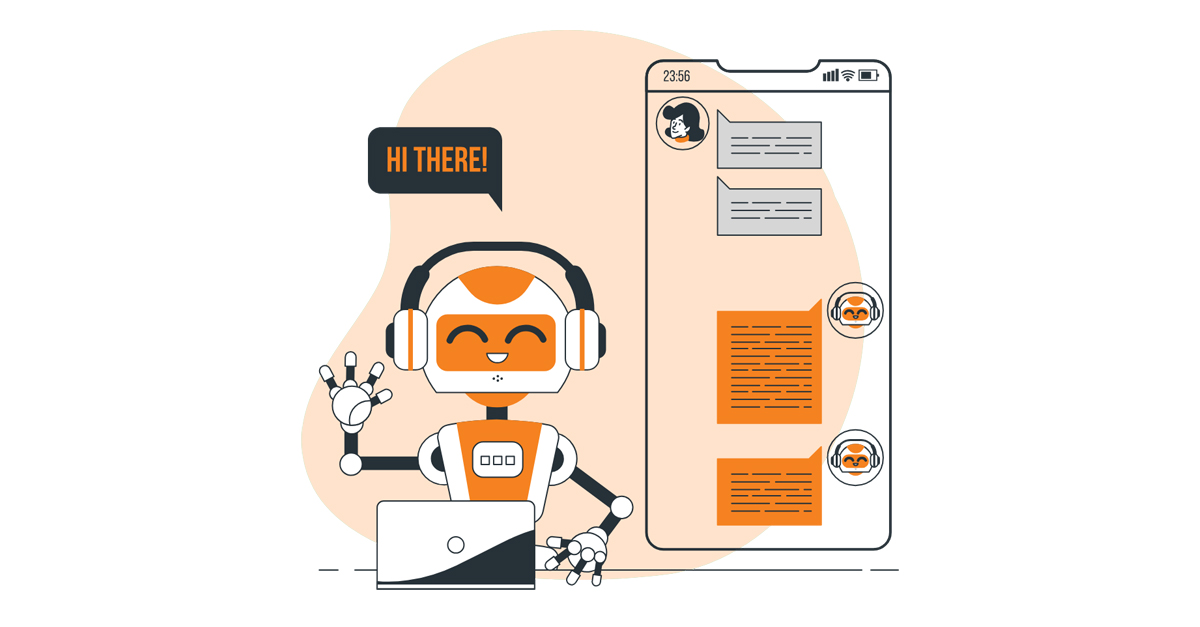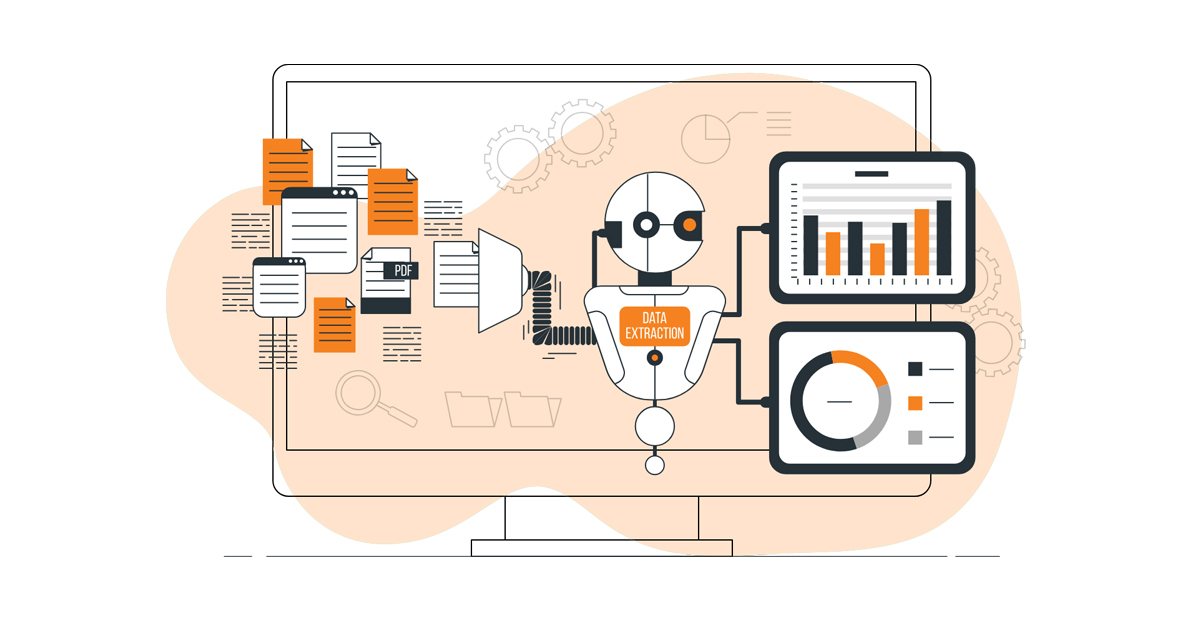Logistically, the digital landscape is changing and evolving constantly.
A company must remain on top of the current trends to stay ahead of its competition. Introducing newer business models or changing operations is a part of digital transformation
The technology that was crucial yesterday could not provide the same great experience tomorrow.
Reason- customer expectations change
Keeping up with new developments in digital transformation involves having complete faith in your company’s future in a dynamic environment.
Knowing where digital transformation is headed is vital since it will determine your company’s success.

In 2022, Statista estimates that spending on digital transformation technologies will reach $1.8 trillion. And it is estimated to grow by 10x in 2025.
Thinking about what’s more critical in digital transformation? The answer is data. Data plays a key role as it lets you create baselines & provides a good indicator of progress for the transformation journey
Companies can now access more data about their customers than ever before. How? Through digital transformation, brands can unify, organize, orchestrate and curate their data, reducing fragmentation and transforming the customer experience.
Quick Plug: Netsmartz helps businesses transform their ideas to develop scalable & secure software solutions. By leveraging our professional expertise, you can quickly take advantage of opportunities and mitigate risks associated with digital transformation. Discover how we can help you meet your business goals using the latest technology. Call Us Now!
To stay ahead of the curve, follow these top 7 digital transformation trends to turn your marketing strategy into a win-win.

1. 5G and IoT
5G and the Internet of Things are more than just wireless technologies. In addition, 5G will hugely impact digital transformation in the following years.
5G networks can alter end-user services by providing greater agility, higher density, and lower latency than 4G networks. To get the full benefits of 5G, businesses must invest more in network infrastructure. Communication service providers (CSPs) must work out how to provide 5G services as efficiently as feasible.
5G is used for various purposes in the IoT domain, including—
- Connected automobiles: The low latency and high bandwidth of 5G will allow vehicles to store & initiate bidirectional communication.
- Shipping and logistics: Easy & accurate tracking of shipments. By doing so, it will be possible to update precise delivery timelines, improving the customer’s experience.
- Remote patient monitoring: 5G connectivity will also make it possible to monitor patients remotely. Health experts may also provide assistance from anywhere and at any time.
Businesses may stream high-definition video content in real time without needing physical connections, thanks to 5G. In addition, immersive entertainment experiences made possible by 5G technology include virtual reality and cloud gaming.
2. The hybrid Work Future
After the mandate for remote work was put into place in 2020, several businesses started sporadically bringing staff back into the office.
The most productive work schedule for many people is now hybrid work, as organizations have a foundation for remote facilities
Over 60% of businesses report working in a hybrid model since COVID-19, demonstrating that hybrid models can still help businesses achieve their goals.
There is no single hybrid work solution, but its flexibility and convenience make it an attractive option for businesses with the right tools and infrastructure. If you centralize and streamline your technology, your teams will be able to collaborate more effortlessly. You can increase efficiency and do excellent work at scale when everyone on the team follows the same workflow.
3. Focus on Cybersecurity
Business processes are fundamentally optimized through digital transformation. Digital transformation demands agility over time, so cybersecurity must keep pace and be equally robust and responsive to business and technology changes.
The importance of data protection increases when businesses shift their data to the cloud. Because hybrid work is here to stay, it’s simpler than ever for business data to be stolen via phishing scams or illegal sharing.
Data must, without a doubt, always be protected, but because the stakes are so high, customer data is especially exposed. One data breach is all it takes to permanently lose customers’ faith when their addresses, credit card details, and email addresses are at risk. A “zero trust model” such as Microsoft’s can help businesses with a lot of data prevent reputational harm, financial loss, or even legal action.
Even if your data security is strong, you should still be open about how your client’s data is being utilized. Share your privacy policies in plain sight and ask for permission before accessing their financial and personal information. Accurate data management is necessary when analyzing client data for insight-driven business choices.
4. Paying Digitally with Contactless Solutions
Contactless technology isn’t just for bank cards. Smart wearable devices and mobile wallets are also covered. Paying digitally, however, avoids dealing with someone in a shop. Through digital payment methods, people and companies all over the world can access the digital economy.
The Global Contactless Payments Market will reach USD 12.24 Billion by 2030, growing at a compound annual growth rate of 20.8%.
Contactless solutions and digital payments will require a robust digital infrastructure, accelerating digital transformation. Here are the different contactless options while paying digitally-
- Contactless Card Payments
Contactless card payments can increase store sales because customers spend less time at the register. When the quantity of cash does not restrict a customer, they carry the efficient payment process; businesses can experience an increase in throughput and a decrease in abandoned sales.
- E-Wallets
Digital wallets frequently support strong customer authentication and two-factor authentication requirements. This results in a higher conversion from a more seamless buying experience. Users can shop without providing their credit card information or creating an account. Users can make payments quickly and safely with e-wallets like Apple Pay, Apple Card, Google Pay, Venmo, Mastercard, and much more.
5. Everything as a Service (XaaS)
XaaS offers businesses a high level of flexibility and scalability. A recent real-world example of XaaS is a partnership between HPE and Veeam. Data security, availability, and business continuity have been proven capabilities of both companies.
The XaaS business model enables organizations to provide their products and services as subscription-based. Cloud computing and remote access are broad categories of this service. An example of traditional XaaS includes—
- Infrastructure as a Service (IaaS)
- Platform as a Service (PaaS)
- Software as a Service (SaaS)
Also, it includes more services such as:
- Storage as a Service (STaaS)
- Security as a Service (SECaaS)
- Containers as a Service (CaaS)
- Function as a Service (FaaS)
- Unified Communication as a Service (UCaaS)
- Video as a Service (VaaS)
XaaS is an ironic term describing the proliferation of cloud-based services. In the past, businesses were often required to purchase and install software packages on-site before XaaS was available. Also, XaaS facilitates “Servitization,” combining products and services in one package. The Amazon Alexa service offers AI-driven services and a portable hardware product as an example of servitization
Therefore, XaaS will remain a popular choice for businesses of all sizes in the future.
6. Hyper Automation
80% of CEOs are speeding up digitization efforts and implementing new technologies. Cybersecurity and retail are also likely to be automated.
According to Gartner, hyper-automation will be a significant technology trend in 2022. Combining technologies like artificial intelligence/machine learning, RPA (Robotic Process Automation), augmented reality, and low code.
COVID-19 is another reason why businesses will now put a greater emphasis on automation than ever before.
As more processes are automated within organizations, digital transformation will accelerate. Digital transformation is the outcome of automation, while automation is the process
Data security & protection are becoming increasingly important as more people go online. Businesses can turn to cloud-based automation systems for increased scalability and lower total cost of ownership. Now, customers are more concerned about securing their personal information than they have been.
Business owners are responsible for ensuring the security of their data and that of their customers. And this is done with cloud-based software and reliable payment channels from cyber-attacks.
Here’s a case study on how Netsmartz developed an augmented reality-based product to enhance the UI for a bath-fitting store.
7. Use of Low-code/No-Code Tools and Data
Although businesses may access a ton of data and hire analysts and developers to enhance fundamental business operations, in many ways, digital transformation is driven by new applications and services that business units desire.
Non-developers can design apps using graphical user interfaces and standard building blocks by adopting low-code and no-code tools.
Limited accessibility to well-managed APIs & data, the latter of which is increasingly provided via a data fabric, which analyst firm Gartner defines as a “flexible, resilient integration of data sources across platforms and business users, making data available everywhere it’s needed regardless of where the data lives,” are crucial for successful low-code development.
By 2025, 70% of new applications developed by organizations will be developed using low-code or no-code technologies, up from less than 25% in 2020.
Other developments also include fusion teams with both programmers and non-programmers, tools that translate graphical tools’ low code into code that can be put into CI/CD pipelines, & AI-assisted code analysis.
To Wrap Up
Make digital transformation possible by bringing the data to the table
To remain competitive, businesses must deliver continuous value to stakeholders. Take advantage of tools and techniques that provide business intelligence to your processes if you wish to maintain your company’s market leader and innovator position.
This blog discussed the top five digital transformation trends businesses could avail to succeed. Regardless of your chosen technology, the goal should be to introduce a unique selling point (USP) that can contribute to quantifying ROI.
Contact our team of Experts now to learn more about our IT outsourcing services and solutions.
Get in Touch with Netsmartz Today
Summary
Kickstart Your Project With Us!
Popular Posts
CONTACT US
Let's Build Your Agile Team.
Experience Netsmartz for 40 hours - No Cost, No Obligation.
Connect With Us Today!
Please fill out the form or send us an email to







